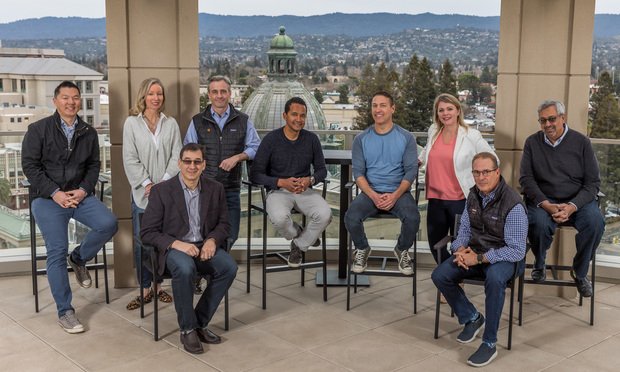The "Great Recession" of the 2000s generally stirs up negative connotations in the commercial real estate community. Development stood still. Debt was unavailable. Tenants asked for rent reductions or disappeared. Respectable companies went under. Properties and fortunes were lost.
However, owners of certain single-tenant net-leased properties are presented with an opportunity as three post-recession forces combine: low interest rates, constrained supply of properties coming to market and investors looking to put their money to work. The combination of these factors has created demand for STNLs that outpaces supply, resulting in rapid compression of capitalization rates since mid-2010. This situation benefits two distinct groups: return-driven investors who purchased properties during the recession, and long-term cash flow investors who made acquisitions approximately 10 years ago.
During the height of the recession, from late 2008 through early 2010, demand was weak for all property types due to cash hoarding and lack of debt and equity sources. Investors who did purchase properties were able to achieve higher cap rates, especially in the Midwest, where demand was lowest. Now, with constrained supply and money flowing in from the coasts due to poor yields there, cap rates in the region have fallen dramatically and profits can be found in these properties.
Midwest drugstore property sales are a good example. Transactions closed in 2009 with an average cap rate of 7.7%. In the second half of 2011, the average cap rate in the region was 6.85%. Therefore, a drugstore with $400,000 rent, purchased in 2009 and sold in 2011 with 20-plus years remaining on its lease term would garner approximately $655,000 profit and an unleveraged IRR of around 12.75% after capital gains taxes. If the investor placed debt on the property and was able to pay it off at closing without penalty, the IRR could be in the 25% to 30% range.
Investors who purchased STNLs in the early 2000s with the goal of consistent, longterm cash flow can also benefit from the recent dynamics, as they have the ability to sell properties with 10 or more years of primary lease term remaining at break-even or for a slight profit.
Why would an investor go through the trouble of selling at break-even? First, many of these assets have debt coming due. Financing options for seasoned properties are not as abundant, nor as beneficial, as for new construction. Second, by selling and re-purchasing, the investor can extend the cash flow horizon and reset the depreciation clock, while pushing back the day when refinancing or tenant renewal becomes a major concern. There may be slightly less annual rent from the replacement property, but, with the same original invested capital, 10 to 15 additional years of rent will be realized. When taking current interest rates into account, after-debt cash flow may actually increase.
Similar to the housing market of the 2000s, STNL owners are sitting on substantial paper profits. Are they savvy enough to take advantage?
Continue Reading for Free
Register and gain access to:
- Breaking commercial real estate news and analysis, on-site and via our newsletters and custom alerts
- Educational webcasts, white papers, and ebooks from industry thought leaders
- Critical coverage of the property casualty insurance and financial advisory markets on our other ALM sites, PropertyCasualty360 and ThinkAdvisor
Already have an account? Sign In Now
© 2024 ALM Global, LLC, All Rights Reserved. Request academic re-use from www.copyright.com. All other uses, submit a request to [email protected]. For more information visit Asset & Logo Licensing.








